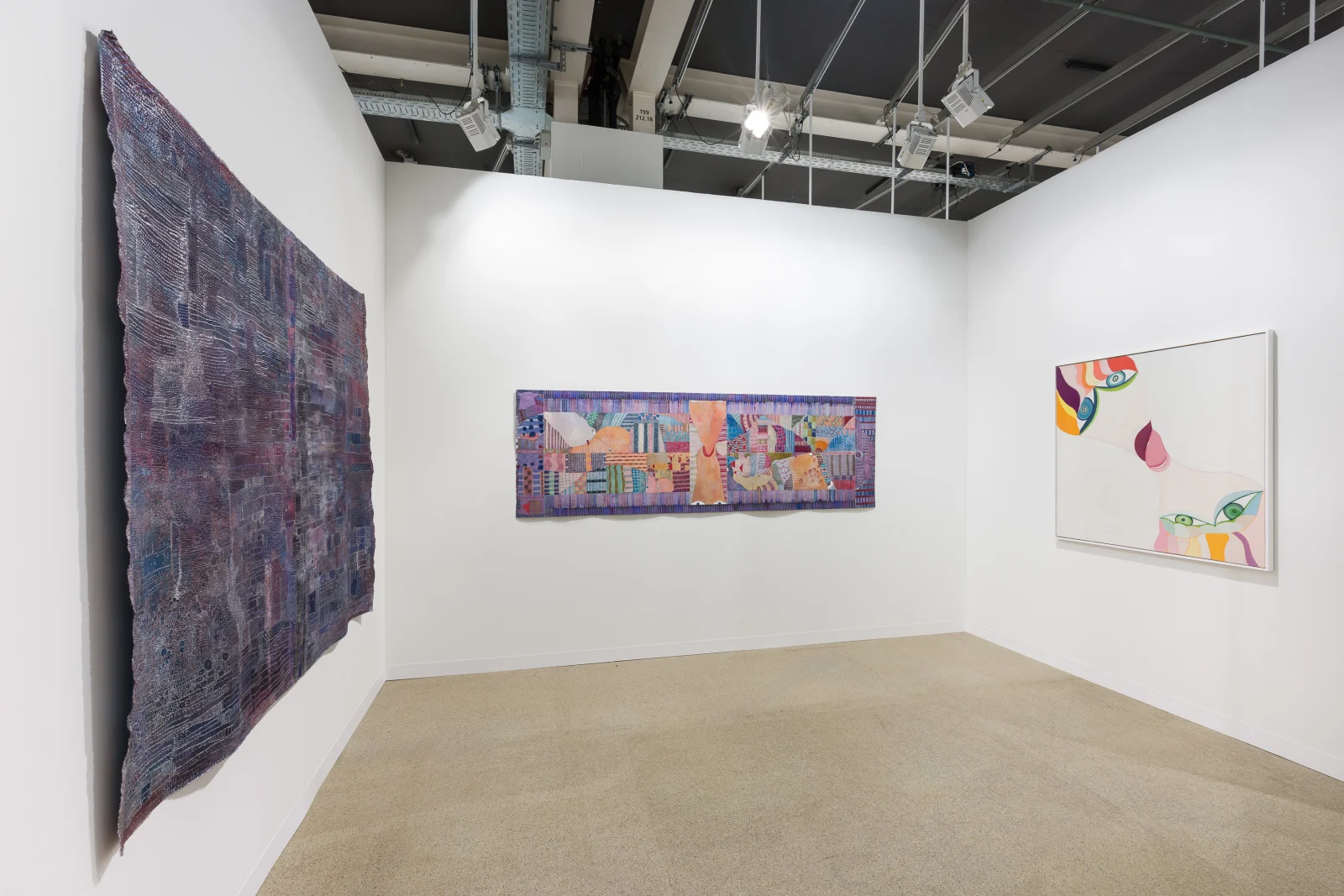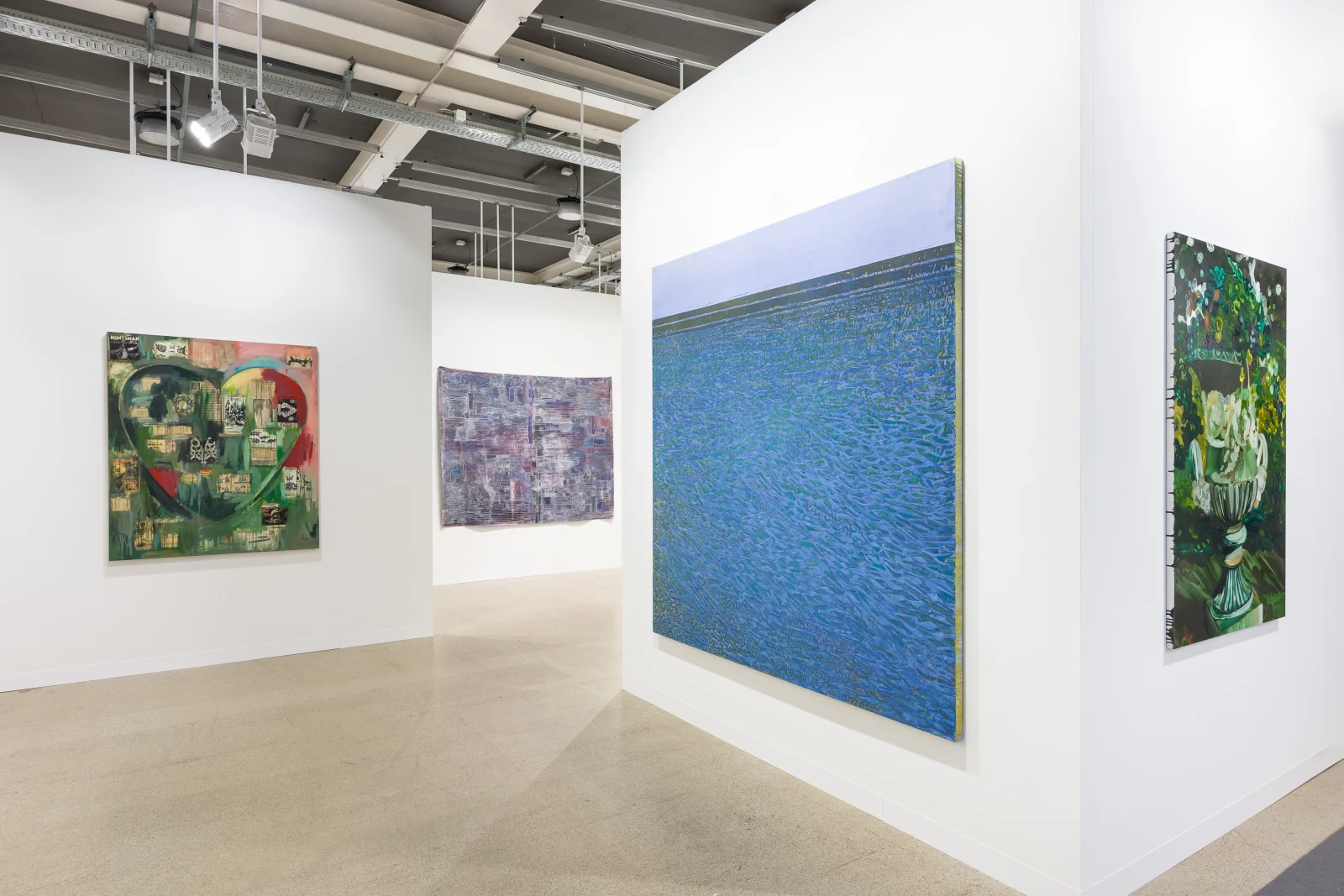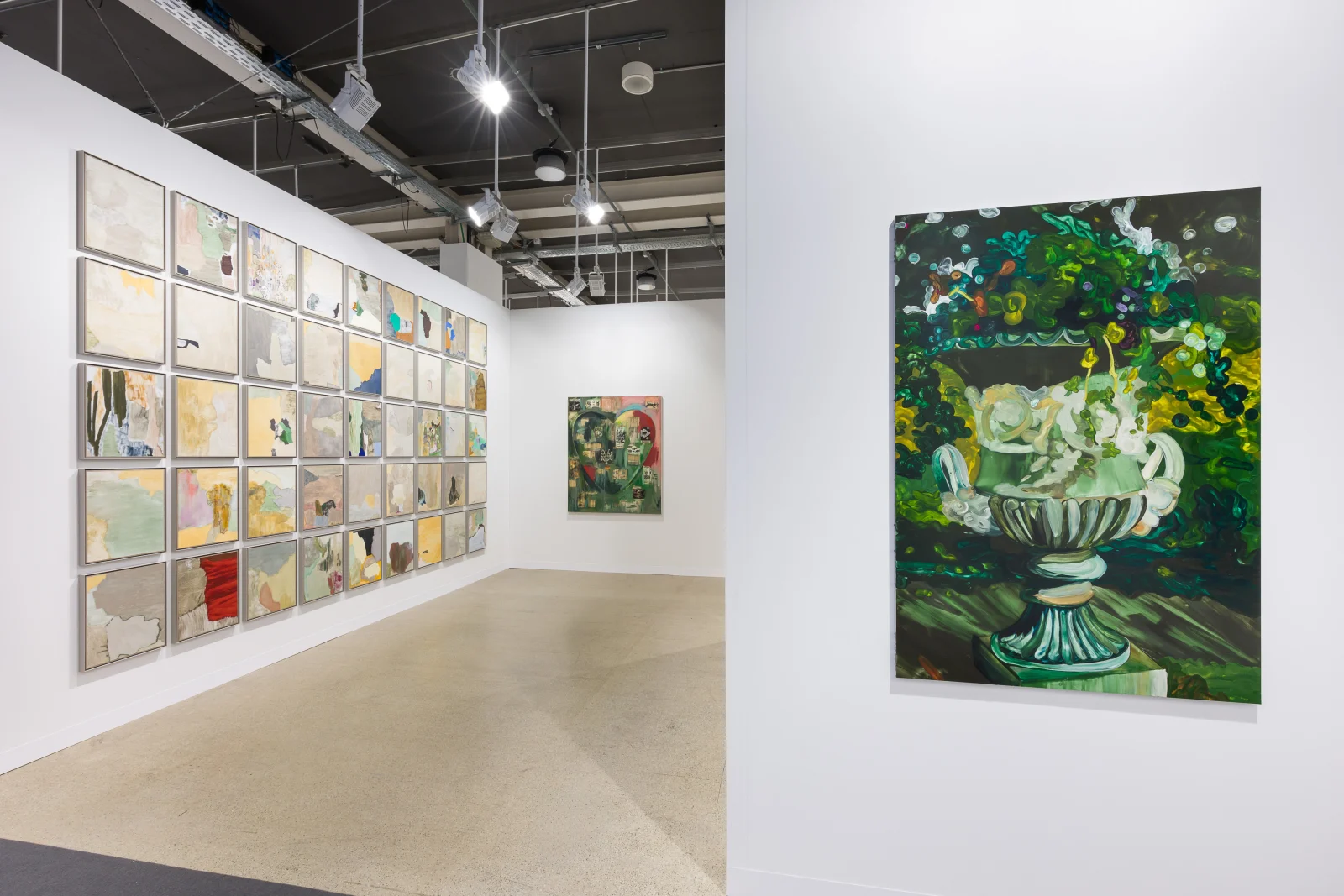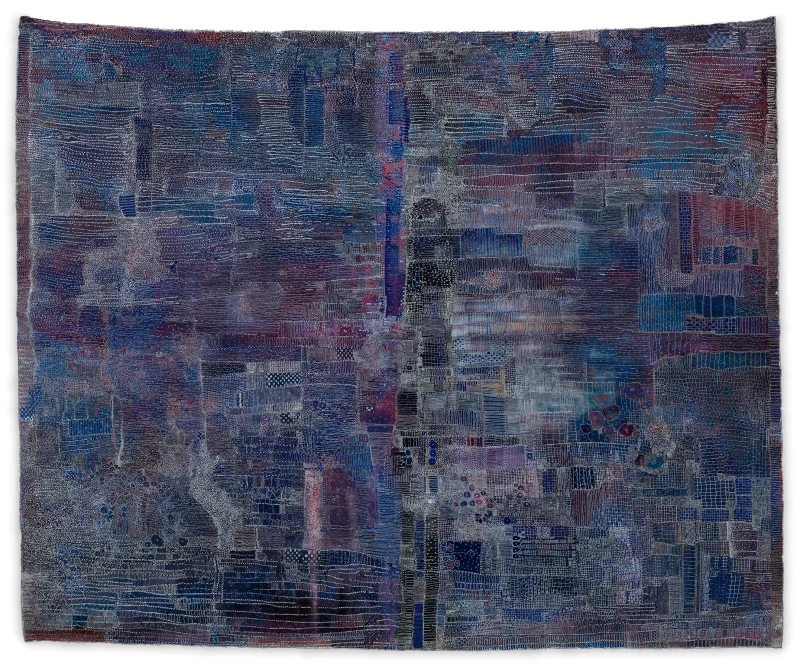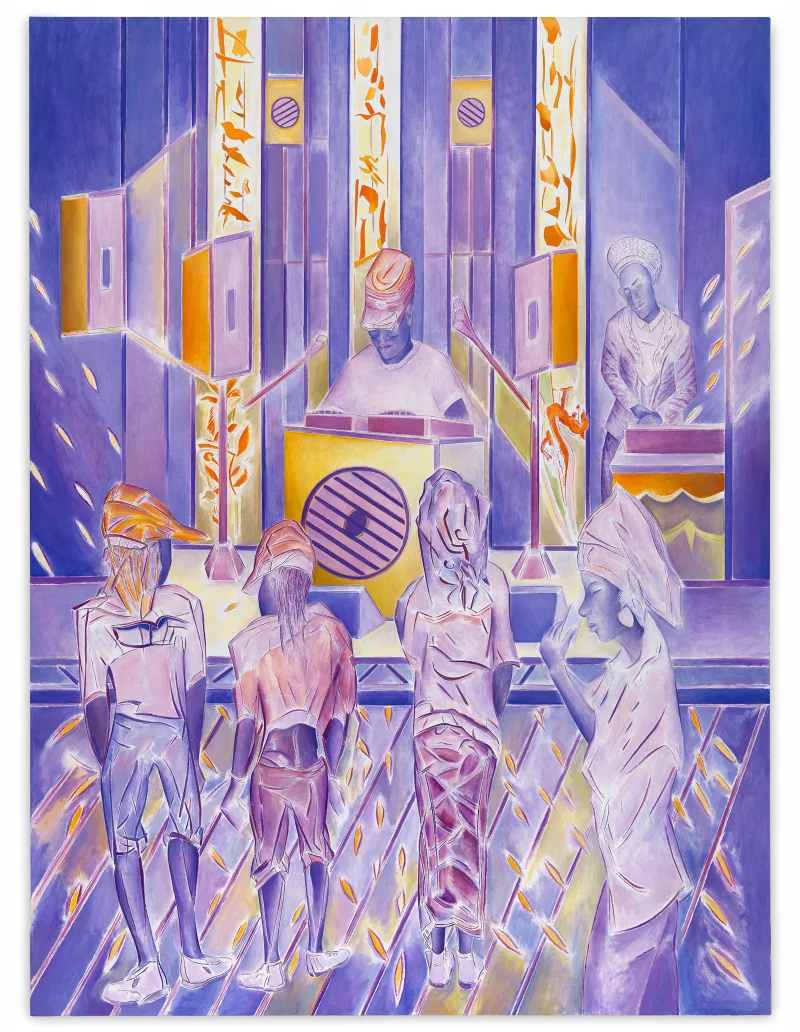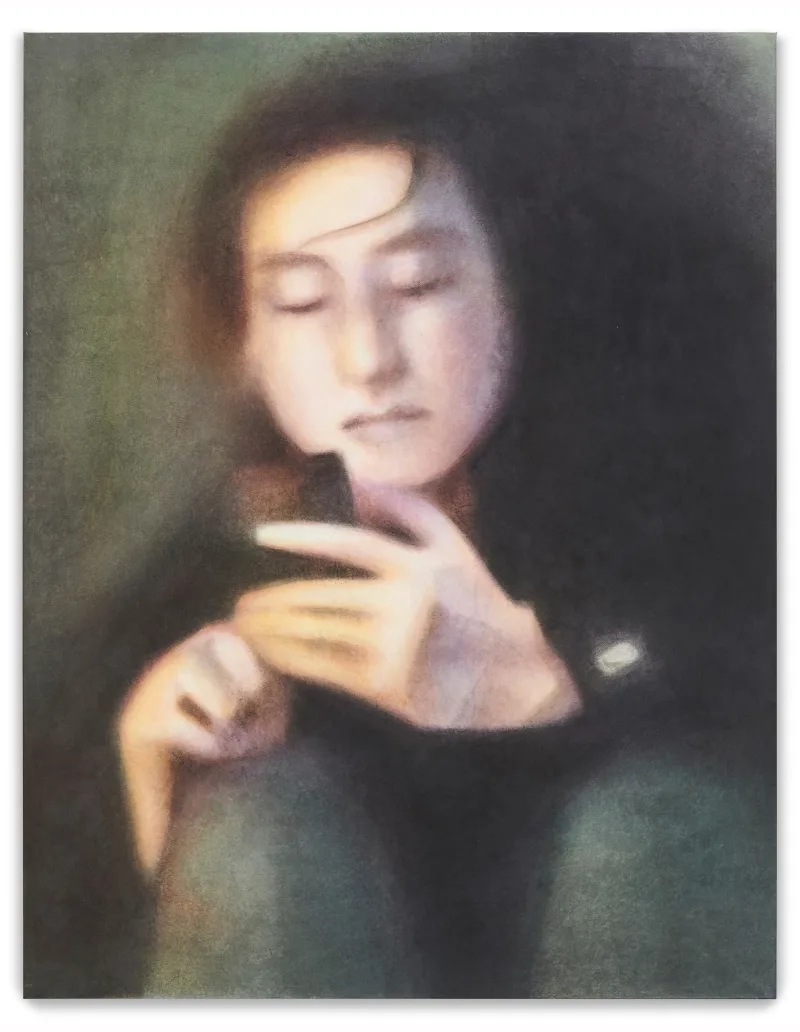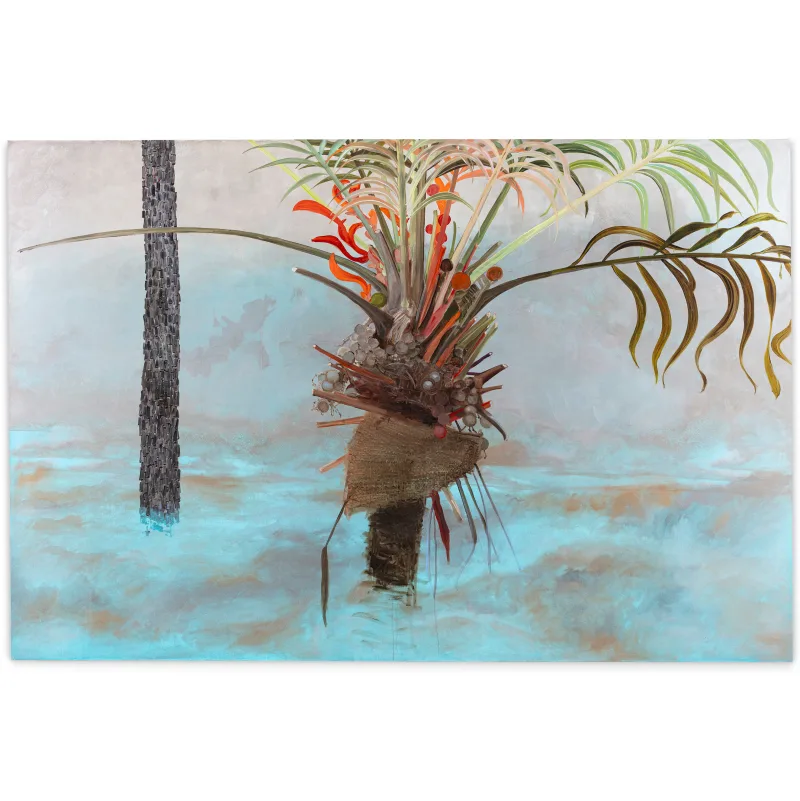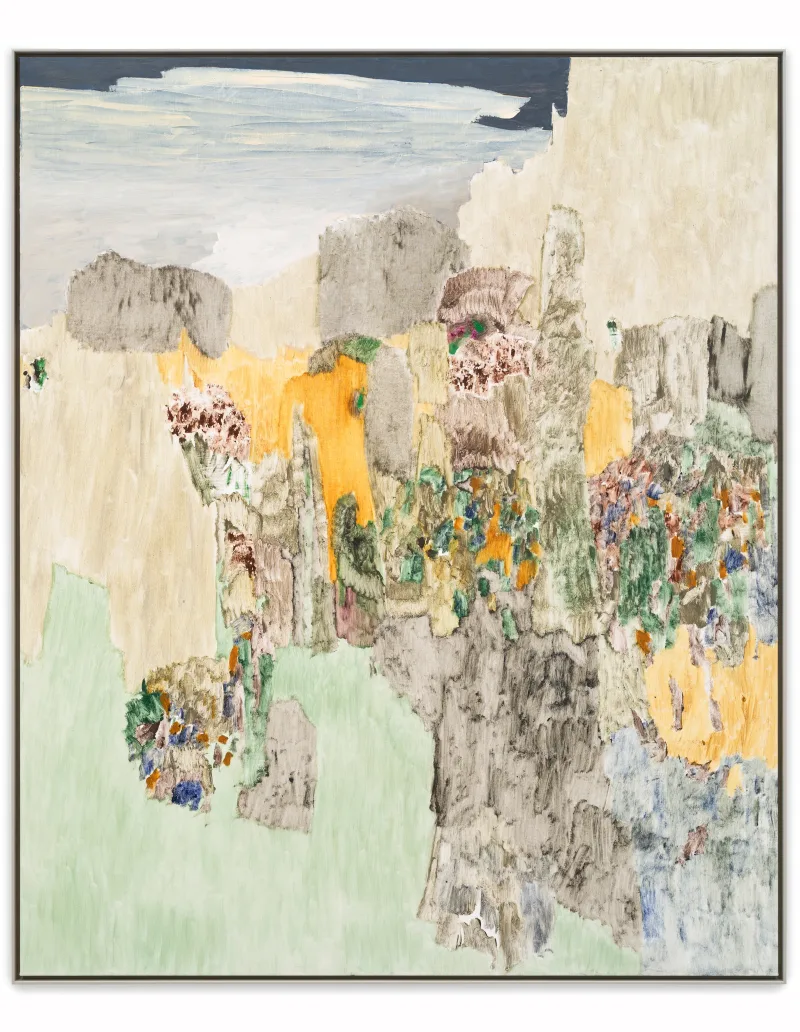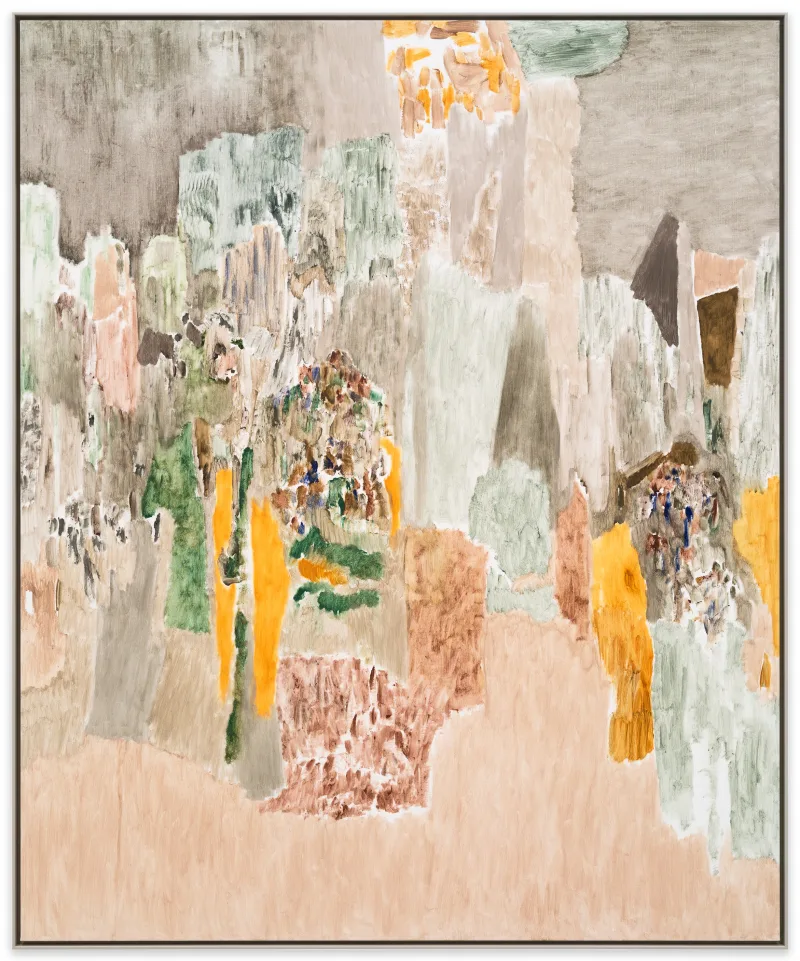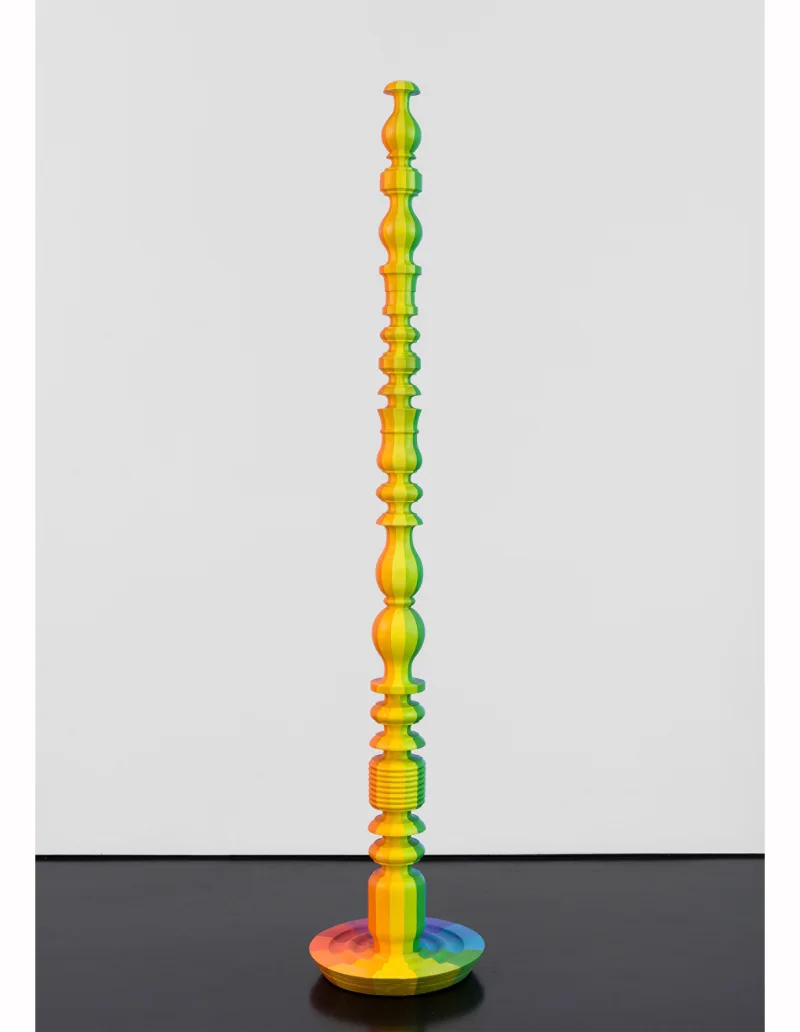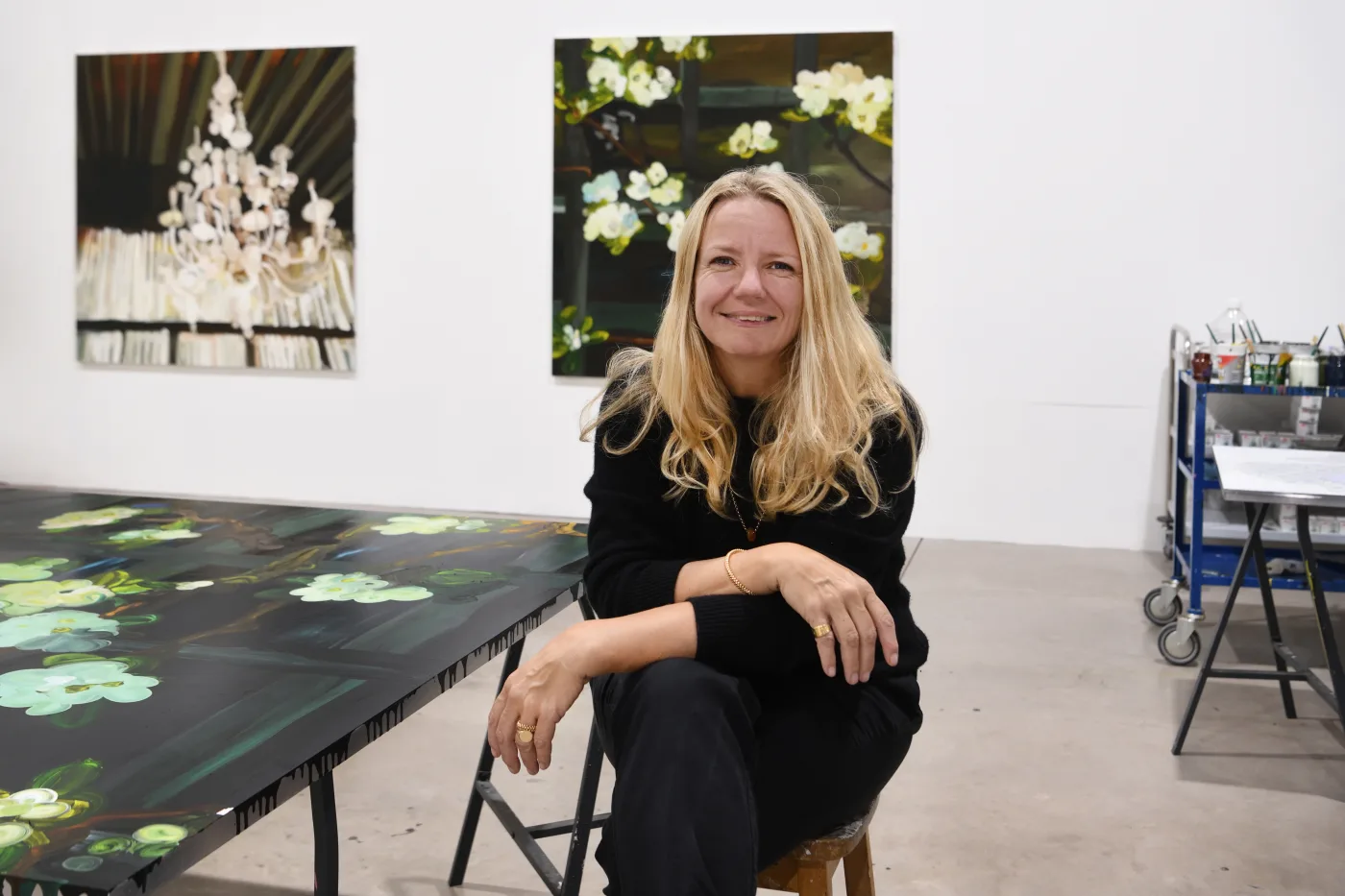
Art Basel
Overview
Stephen Friedman Gallery returns to Art Basel with a curated presentation of new and historical works that have shaped, or contributed to, contemporary discourse.
Stephen Friedman, founder of the gallery explains: “At a moment when the global art market is experiencing a notable correction, we made a deliberate decision to present masterpieces that transcend market cycles. These are not just significant works—they are benchmarks in the history of contemporary art. Our aim is to encourage curators and collectors to look beyond short-term trends and engage deeply with the critical discourse these artists have shaped.”
Artists in the presentation include Leilah Babirye, Jonathan Baldock, Sarah Ball, Huguette Caland, Kenturah Davis, Alexandre Diop, Melvin Edwards, Andreas Eriksson, Denzil Forrester, Sky Glabush, Pam Glick, Wayne Gonzales, Hulda Guzmán, Holly Hendry, Jim Hodges, Izumi Kato, Ilona Keserü, Ged Quinn, Deborah Roberts, Anne Rothenstein, Yinka Shonibare, Jaune Quick-to-See Smith, Caroline Walker, Clare Woods, Yooyun Yang and Luiz Zerbini.
Anchoring the presentation is I See Red: Indian Heart (1993), an important painting from Jaune Quick-to-See Smith’s groundbreaking I See Redseries. Created during a pivotal period in her practice, this work exemplifies Smith’s bold use of red as both an affirmation of Native American identity and a form of political resistance. Layering paint, collage, and text, and with a nod to American artists Jasper Johns and Robert Rauschenberg, the work fuses personal and historical narratives, confronting colonial violence and cultural erasure while reclaiming space through an Indigenous lens. At once visceral and cerebral, the painting invites viewers to engage with Smith’s unique visual language—one that speaks to both the urgency of the present and the endurance of Native American traditions.
Stephen Friedman Gallery returns to Art Basel with a curated presentation of new and historical works that have shaped, or contributed to, contemporary discourse.
Stephen Friedman, founder of the gallery explains: “At a moment when the global art market is experiencing a notable correction, we made a deliberate decision to present masterpieces that transcend market cycles. These are not just significant works—they are benchmarks in the history of contemporary art. Our aim is to encourage curators and collectors to look beyond short-term trends and engage deeply with the critical discourse these artists have shaped.”
Artists in the presentation include Leilah Babirye, Jonathan Baldock, Sarah Ball, Huguette Caland, Kenturah Davis, Alexandre Diop, Melvin Edwards, Andreas Eriksson, Denzil Forrester, Sky Glabush, Pam Glick, Wayne Gonzales, Hulda Guzmán, Holly Hendry, Jim Hodges, Izumi Kato, Ilona Keserü, Ged Quinn, Deborah Roberts, Anne Rothenstein, Yinka Shonibare, Jaune Quick-to-See Smith, Caroline Walker, Clare Woods, Yooyun Yang and Luiz Zerbini.
Anchoring the presentation is I See Red: Indian Heart (1993), an important painting from Jaune Quick-to-See Smith’s groundbreaking I See Redseries. Created during a pivotal period in her practice, this work exemplifies Smith’s bold use of red as both an affirmation of Native American identity and a form of political resistance. Layering paint, collage, and text, and with a nod to American artists Jasper Johns and Robert Rauschenberg, the work fuses personal and historical narratives, confronting colonial violence and cultural erasure while reclaiming space through an Indigenous lens. At once visceral and cerebral, the painting invites viewers to engage with Smith’s unique visual language—one that speaks to both the urgency of the present and the endurance of Native American traditions.
Also on view are historical paintings by Lebanese artist Huguette Caland, offered for sale directly from the estate and presented ahead of her solo exhibition at our New York gallery in October 2025, and her current retrospective, A Life In A Few Lines on at Museo Nacional Centro de Arte Reina Sofía, Madrid and which travels to the Deichterhallen, Hamburg in October this year. Caland explores themes of femininity, eroticism, and desire in her work with a bold visual language that defies convention. Her fascination with line—both as a formal element and conceptual device—runs throughout her practice, from the delicate outlines of fragmented bodies in early drawings to the rhythmic repetition of linear marks in later works. Rendered in exuberant colours and exquisite detail, Untitled (2009), and Faces and Places I (2010) belong to the artist’s Rossinante series, and offer a glimpse into the radical intimacy and formal innovation that defines Caland’s enduring legacy.
Deborah Roberts’ multi-layered compositions offer a form of resistance as they explore the complexity of black subjecthood in relation to race, identity, politics and society. At once epic and personal, Tomorrow, tomorrow and tomorrow (2023) is the largest painting the artist has ever made and it pays homage to the medium of collage. This revolutionary technique has been used by artists of colour since the early twentieth century, to reframe the inequities and prejudices of normative culture and to create alternative, more inclusive narratives. Beautifully painted and majestic in scale, Roberts deconstructs stereotypes perpetuated by mainstream visual culture.
Denzil Forrester’s monumental diptych, Blue Tent (1984), was made by Forrester whilst on a fellowship at the British School at Rome in Italy from 1983 to 1985. One of the largest works that Forrester has ever made, Blue Tent is a confluence of the artist’s West Indian roots, the music scene in London and his new-found experiences of Rome. While making drawings in the gardens of the Villa Borghese, Forrester came upon a large, blue tent being erected in preparation for a performance. Transfixed by the movement of the fabric moving in the wind, Forrester went on to integrate the structure in a large nightclub painting he was working on; here, the folds of fabric become evocative of arms and legs criss-crossing with one another.
Andreas Eriksson’s Texture Mapping 2023-25 (2025) is a forty-five-part composition made from a series of Cutouts created by the Swedish artist from physical excerpts of discarded paintings. “I used to just throw them away”, Eriksson explains, “but five years ago I started to keep cut out pieces, areas that I found interesting.” Hovering between abstraction and figuration, the loosely painted clusters resist final interpretation. Recalling topography as well as natural details such as trees, earth and rock formations, these fragments span micro and macrocosms. Whilst framed works are conventionally associated with intimations of rigid wholeness and static perfection, the cutouts hint at the endless variety of the natural world.
As part of the Unlimited sector, we are presenting Luiz Zerbini. (This link opens in a new tab).'s monumental work, Os Comedores de Terra | The Earth Eaters (2025), in collaboration with Fortes D'Aloia & Gabriel, São Paulo, and Sikkema Malloy Jenkins, New York. In a career spanning over three decades, Zerbini has developed a complex visual vocabulary rooted at the intersection of figuration and abstraction. Juxtaposing hard-edged geometry with organic pattern, Zerbini's paintings are an optical sensation, and evoke a blend of modernist architecture and lush tropical flora. By incorporating sweeping curves, fluid textures and vivid colours, the artist emulates the intoxicating effects of the sights and sounds of the rainforest.
Messeplatz 10
4058 Basel
Switzerland
Installation Views

